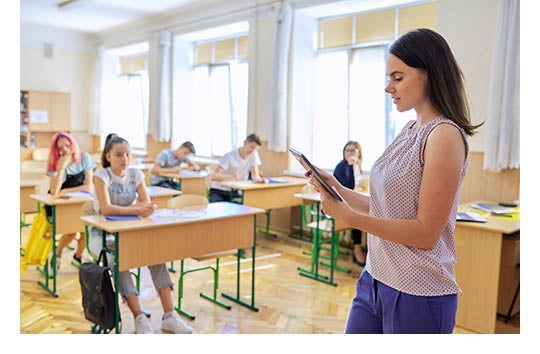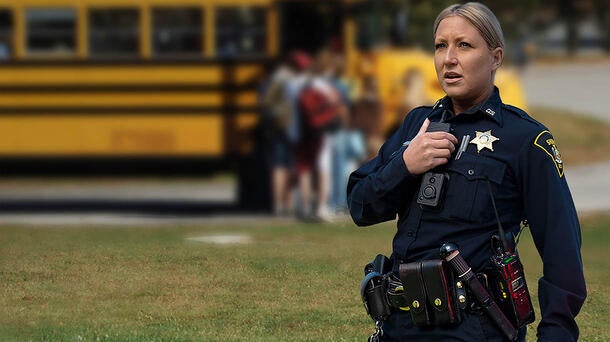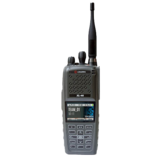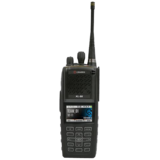Recent spikes in school safety incidents have put a renewed focus on emergency preparedness. Whether you’re revisiting your emergency response plan now or later, one element is vital: eliminate the communication gaps that can disrupt and delay response efforts and potentially put student safety at risk.
A variety of factors can create communication gaps during an emergency response. Limited communication channels between schools and police can hinder officers from staying informed about fast-changing situations in schools. Radio interoperability issues can limit cross-agency communications between officers. And additional communication hurdles can occur when officers encounter dense school buildings that impede radio transmissions.
Using the right combination of people, planning and technology, will keep school and police personnel connected and enable faster, more effective response efforts during an emergency.
Connect Technology and People
Emergency Operation Plans (EOP) and Emergency Action Plans (EAP) in place at many schools today use a mix of disparate technologies – things like classroom panic buttons, dedicated police radios, school intercom systems, and parental notification systems.
Because these technologies are disconnected and used independently of one another, they can make EOP and EAP processes inefficient. Critically, these vital communication links can’t serve their intended purposes if they’re not readily available.
L3Harris Technologies and other companies that support first responders formed the Mission Critical Alliance (MCA) to help solve this challenge and other connectivity issues that arise in multi-agency collaborations. MCA members test and validate their solutions for compatibility and interoperability, creating an ecosystem of technologies that work together. And when your technologies work together better, your people work together better.

For example, software that connects voice, video, the Internet of Things and data communications can help automate aspects of your emergency response processes and reduce manual steps for school and police personnel.
A teacher activating a panic button on their smartphone, for instance, can notify law enforcement of an emergency, access the school's control system to lock all doors in the building and prompt electronic signage to display shelter-in-place instructions – all with one tap.
Once officers are alerted of an emergency, they can instantly connect to live school camera feeds to assess the situation in real time and monitor it as it evolves. They can also use the software to communicate with responding officers over their radios, regardless of what radio platform or frequency band they are using.
Even if a school doesn’t need a fully integrated and automated response system, one can still integrate technologies in smaller but highly impactful ways to improve communications.
Something as simple as a radio gateway device, for example, can reduce radio interoperability issues by connecting disparate radio platforms. The device can support the integration of fixed station or mobile radio transceivers regardless of operating frequency or protocol and can adapt to configure a multitude of different networks. A push-to-talk mobile application can also quickly connect teachers and administrators to first responders during an emergency without needing a police radio in the school.
Don’t Hesitate to Reach Out
Closing the communication gaps in emergency response isn’t simply a matter of installing a new piece of technology. It requires thoughtfully reviewing and updating your EOP or EAP, as well as providing training to familiarize school and police personnel with new processes and technologies.
If you need help navigating these processes, contact the MCA. Alliance members have valuable experience in emergency response and deep technical know-how to help you determine a strategy that fits your needs and budget. They can also help you identify funding sources and possibly provide grant writing support.
Because when it comes to keeping kids safe, nothing should be overlooked.




